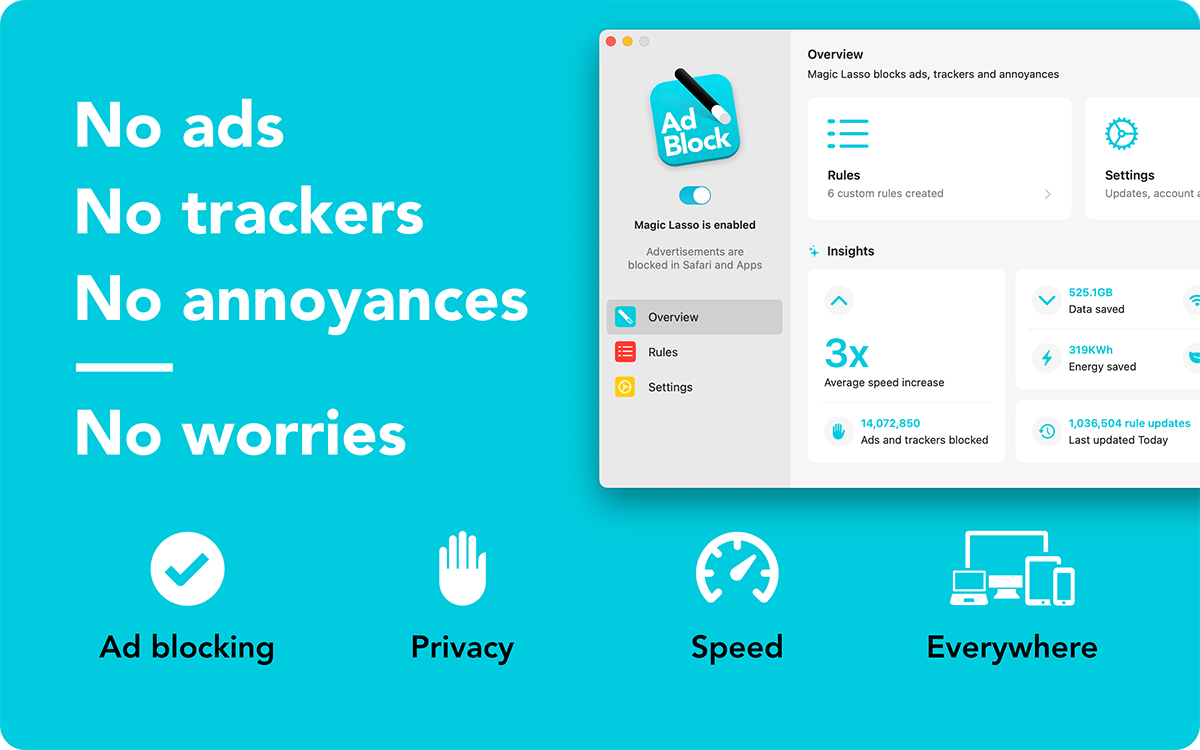The Economist:
On November 20th American statisticians released the results of a survey. Buried in the data is a trend with implications for trillions of dollars of spending. Researchers at the Census Bureau ask firms if they have used artificial intelligence “in producing goods and services” in the past two weeks. Recently, we estimate, the employment-weighted share of Americans using AI at work has fallen by a percentage point, and now sits at 11% (see chart 1). Adoption has fallen sharply at the largest businesses, those employing over 250 people. Three years into the generative-AI wave, demand for the technology looks surprisingly flimsy.
[…]
Even unofficial surveys point to stagnating corporate adoption. Jon Hartley of Stanford University and colleagues found that in September 37% of Americans used generative AI at work, down from 46% in June. A tracker by Alex Bick of the Federal Reserve Bank of St Louis and colleagues revealed that, in August 2024, 12.1% of working-age adults used generative AI every day at work. A year later 12.6% did. Ramp, a fintech firm, finds that in early 2025 AI use soared at American firms to 40%, before levelling off. The growth in adoption really does seem to be slowing.
I am skeptical of the metrics used by the Economist to produce this summary, in part because they are all over the place, and also because they are mostly surveys. I am not sure people always know they are using a generative A.I. product, especially when those features are increasingly just part of the modern office software stack.
While the Economist has an unfortunate allergy to linking to its sources, I wanted to track them down because a fuller context is sometimes more revealing. I believe the U.S. Census data is the Business Trends and Outlook Survey though I am not certain because its charts are just plain, non-interactive images. In any case, it is the Economist’s own estimate of falling — not stalling — adoption by workers, not an estimate produced by the Census Bureau, which is curious given two of its other sources indicate more of a plateau instead of a decline.
The Hartley, et al. survey is available here and contains some fascinating results other than the specific figures highlighted by the Economist — in particular, that the construction industry has the fourth-highest adoption of generative A.I., that Gemini is shown in Figure 9 as more popular than ChatGPT even though the text on page 7 indicates the opposite, and that the word “Microsoft” does not appear once in the entire document. I have some admittedly uninformed and amateur questions about its validity. At any rate, this is the only source the Economist cites which indicates a decline.
The data point attributed to the tracker operated by the Federal Reserve Bank of St. Louis is curious. The Economist notes “in August 2024, 12.1% of working-age adults used generative A.I. every day at work. A year later 12.6% did”, but I am looking at the dashboard right now, and it says the share using generative A.I. daily at work is 13.8%, not 12.6%. In the same time period, the share of people using it “at least once last week” jumped from 36.1% to 46.9%. I have no idea where that 12.6% number came from.
Finally, Ramp’s data is easy enough to find. Again, I have to wonder about the Economist’s selective presentation. If you switch the chart from an overall view to a sector-based view, you can see adoption of paid subscriptions has more than doubled in many industries compared to October last year. This is true even in “accommodation and food services”, where I have to imagine use cases are few and far between.
After finding the actual source of the Economist’s data, it has left me skeptical of the premise of this article. However, plateauing interest — at least for now — makes sense to me on a gut level. There is a ceiling to work one can entrust to interns or entry-level employees, and that is approximately similar for many of today’s A.I. tools. There are also sector-level limits. Consider Ramp’s data showing high adoption in the tech and finance industries, with considerably less in sectors like healthcare and food services. (Curiously, Ramp says only 29% of the U.S. construction industry has a subscription to generative A.I. products, while Hartley, et al. says over 40% of the construction industry is using it.)
I commend any attempt to figure out how useful generative A.I. is in the real world. One of the problems with this industry right now is that its biggest purveyors are not public companies and, therefore, have fewer disclosure requirements. Like any company, they are incentivized to inflate their importance, but we have little understanding of how much they are exaggerating. If you want to hear some corporate gibberish, OpenAI interviewed executives at companies like Philips and Scania about their use of ChatGPT, but I do not know what I gleaned from either interview — something about experimentation and vague stuff about people being excited to use it, I suppose. It is not very compelling to me. I am not in the C-suite, though.
The biggest public A.I. firm is arguably Microsoft. It has rolled out Copilot to Windows and Office users around the world. Again, however, its press releases leave much to be desired. Levi Strauss employees, Microsoft says, “report the devices and operating system have led to significant improvements in speed, reliability and data handling, with features like the Copilot key helping reduce the time employees spend searching and free up more time for creating”. Sure. In another case study, Microsoft and Pantone brag about the integration of a colour palette generator that you can use with words instead of your eyes.
Microsoft has every incentive to pretend Copilot is a revolutionary technology. For people actually doing the work, however, its ever-nagging presence might be one of many nuisances getting in the way of the job that person actually knows how to do. A few months ago, the company replaced the familiar Office portal with a Copilot prompt box. It is still little more than a thing I need to bypass to get to my work.
All the stats and apparent enthusiasm about A.I. in the workplace are, as far as I can tell, a giant mess. A problem with this technology is that the ways in which it is revolutionary are often not very useful, its practical application in a work context is a mixed bag that depends on industry and role, and its hype encourages otherwise respectable organizations to suggest their proximity to its promised future.
The Economist being what it is, much of this article revolves around the insufficiently realized efficiency and productivity gains, and that is certainly something for business-minded people to think about. But there are more fundamental issues with generative A.I. to struggle with. It is a technology built on a shaky foundation. It shrinks the already-scant field of entry-level jobs. Its results are unpredictable and can validate harm. The list goes on, yet it is being loudly inserted into our SaaS-dominated world as a top-down mandate.
It turns out A.I. is not magic dust you can sprinkle on a workforce to double their productivity. CEOs might be thrilled by having all their email summarized, but the rest of us do not need that. We need things like better balance of work and real life, good benefits, and adequate compensation. Those are things a team leader cannot buy with a $25-per-month-per-seat ChatGPT business license.




